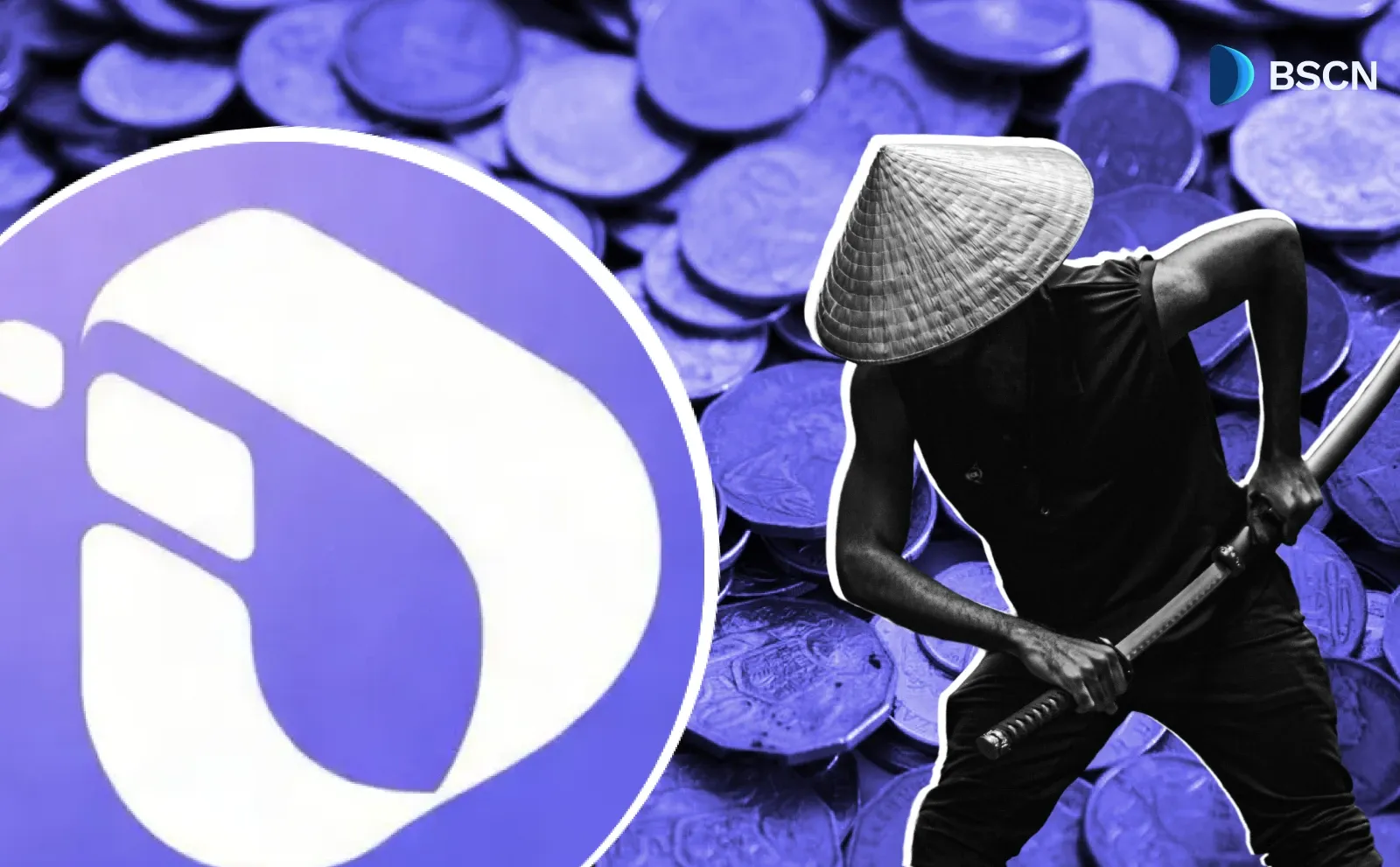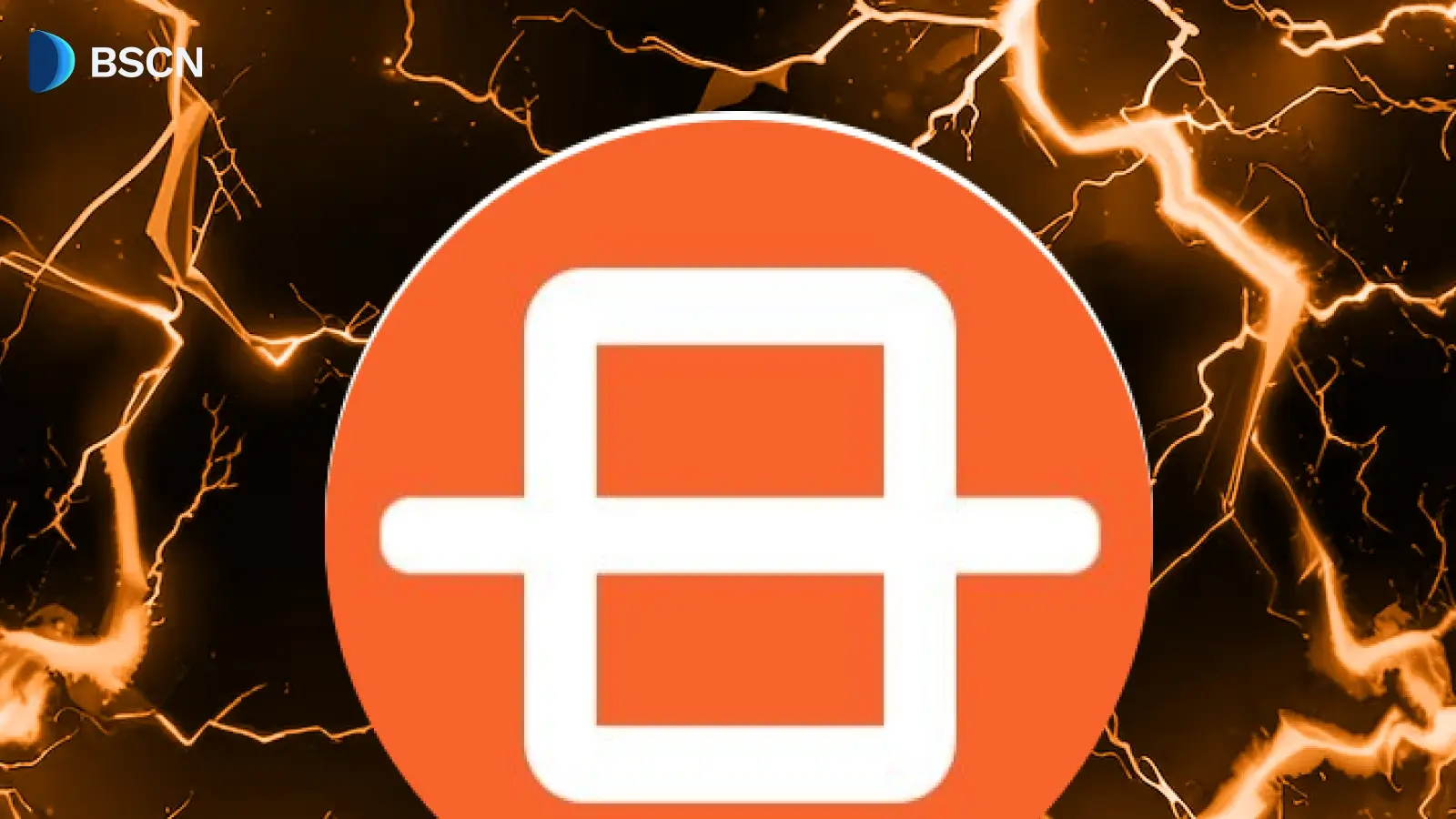Deepdive
(Advertisement)
Humanity Protocol: Pioneering Decentralized Identity with Palm Scans and Blockchain

Discover how Humanity Protocol uses palm scans, blockchain, and zero-knowledge proofs to create a privacy-focused, Sybil-resistant digital identity system for a bot-free online world.
Crypto Rich
May 8, 2025
(Advertisement)
Table of Contents
What Is Humanity Protocol?
Could a single palm scan secure your digital identity while keeping bots at bay? That's the vision driving Humanity Protocol, a blockchain-based platform that aims to revolutionize how we verify human identity online.
Humanity Protocol is a decentralized identity solution that enables cryptographic proof of humanity via non-invasive palm scans. It creates a global system of unique human identities using zero-knowledge proofs (ZKPs) to ensure privacy while verifying that users are real humans. This approach tackles three major digital challenges: the rise of bots, lack of privacy, and exploitation of personal data.
Launched in collaboration with Animoca Brands and Polygon Labs, Humanity Protocol received $30 million in seed funding in May 2024, followed by an additional $20 million in January 2025, reaching a $1.1 billion valuation. The protocol aims to create a decentralized identity graph where users own their data and can issue or verify credentials securely.
The Humanity Foundation, established in January 2025, drives the ecosystem's development and governance. This foundation is led by prominent figures including Yat Siu (Chairman of Animoca Brands), Mario Nawfal (Founder of International Blockchain Consulting), and Yeewai Chong (Interim CEO), working alongside founder Terence Kwok.
How Humanity Protocol Works
Palm Scan Technology
Humanity Protocol chose palm scanning over other biometric methods like iris scans (used by competitor Worldcoin) for several key reasons. Palm scans offer a larger surface area with complex features (lines, creases, veins), making them both accurate and less invasive than alternatives.
The palm recognition technology is being developed in two phases:
- Phase 1: Uses standard smartphone cameras to capture palm prints, analyzing unique features like skin lines and creases
- Phase 2: Introduces palm vein recognition using specialized infrared cameras, which detect the unique vein patterns within a user's palm
The system makes spoofing nearly impossible by capturing palm features using both visible and infrared light. Palm vein recognition offers exceptional accuracy, with a false acceptance rate of less than 0.00008% and a false rejection rate of 0.01%, according to studies referenced by the protocol.
Critically, palm scans are not stored by Humanity Protocol or any central entity. Instead, they are distributed across multiple "zkProofers" (nodes) that support the protocol, using zero-knowledge proofs to verify identity without exposing the actual biometric data.
Blockchain and Zero-Knowledge Proofs
As a zkEVM Layer 2 blockchain, Humanity Protocol leverages Ethereum-compatible infrastructure for scalability and security. ZKPs enable verification of palm scan data without exposing it, creating a decentralized identity graph where users control their credentials.
This architecture creates dual-layer Sybil-resistance—at both network and application levels—aiming to ensure bot-free ecosystems. A Sybil attack occurs when a malicious actor creates multiple fake identities to gain disproportionate influence in a network, something the protocol specifically defends against through its biometric verification.
Developers can integrate via the Blockscout Testnet API, fostering third-party innovation on the protocol.
Testnet Progress and Development
Humanity Protocol's testnet has evolved through multiple phases, with impressive growth metrics:
- Phase 1 Launch: September 30, 2024, with 25,000 registrations in the first 24 hours, growing to nearly 150,000 participants within the first week
- Progressive Growth: By May 2025, the testnet achieved 6M+ Human IDs, 443M transactions, and 9.7M wallets
- Phase 2 Launch: April 2025 introduced palm scan verification, Humanity Points (tHP), and a beta dashboard, enhancing user interaction
The testnet is being introduced in three major phases:
- Network Building: Users sign up and reserve their unique Human ID
- Palm Pre-enrollment: Users register their palm prints via mobile app and upload personal data
- Full Verification: Implementation of complete palm vein scanning using specialized devices
The protocol has also deployed palm scanners, first showcasing them at TOKEN2049 Singapore. These devices demonstrate the tangible integration of the technology into everyday use cases like paying with your palm instead of your card.

Real-World Applications of Humanity Protocol
Humanity Protocol's verification technology has applications across multiple sectors:
Finance and Digital Payments
The financial sector requires reliable customer verification while reducing friction. Humanity Protocol could streamline Know Your Customer (KYC) processes, potentially saving billions in verification costs. Users could make payments simply by scanning their palm, eliminating the need for cards or mobile devices.
Healthcare Security and Fraud Prevention
Healthcare fraud costs an estimated $455 billion globally. Humanity Protocol's identity verification could help reduce this figure by ensuring only authorized individuals can access medical records or facilities. Palm scans provide a hygienic alternative to access cards and solve problems with facial recognition when masks are worn.
Education and Credentials
Humanity Protocol has partnered with Open Campus to create blockchain-based educational credentials using its verification technology. This demonstrates how the protocol can expand beyond basic identity verification to include various credentials like educational achievements, professional certifications, and more.
The Humanity Foundation and Ecosystem
The Humanity Foundation, launched in January 2025, serves as the governance body for the protocol. Its mission includes:
- Funding projects built using Proof of Humanity technology
- Supporting research and development of decentralized identity solutions
- Promoting global adoption of the protocol
- Implementing decentralized governance mechanisms
Key leadership includes:
- Terence Kwok, Founder of Humanity Protocol
- Yat Siu, Chairman of Animoca Brands
- Mario Nawfal, Founder of International Blockchain Consulting
- Yeewai Chong, Interim CEO of Humanity Foundation
- Marcus Dukes, President of Humanity International Investments
Meanwhile, Humanity International Investments focuses on fostering financial inclusion, particularly in emerging markets like Kenya, Nigeria, and Vietnam. Their vision involves providing verifiable identities to help unbanked populations access financial services.
Challenges and Privacy Concerns
Despite its promising technology, Humanity Protocol faces several significant challenges:
Sybil Attack Allegations
A critical X post from April 2025 alleged Sybil attacks by top testnet members, raising questions about the protocol's Sybil-resistance claims. These allegations underscore the need for transparent audits to validate the effectiveness of the Proof of Humanity system—the very core of what the protocol promises to prevent.
Terence Kwok later replied: “Thanks for running the analysis. RWT will soon be sunsetted for a better points system as we plan to upgrade to Testnet Beta very shortly. More importantly, any sort of airdrop will NOT be linearly tied to RWT or points and there will be multiple levels of anti-sybil mechanisms built in, including social and biometric credentials.” reassuring people that the problem is being dealt with.
Biometric Data Security
Although ZKPs prevent storing raw biometric data, the lack of published security audits fuels skepticism about palm scan safety. The protocol claims its approach protects privacy, but without independent verification, users must trust the implementation rather than verified security.
Regulatory Landscape
Similar identity verification systems like Worldcoin have faced scrutiny from privacy regulators in countries including France, the UK, Nigeria, and Kenya. Humanity Protocol will need to navigate this complex regulatory environment as it expands globally, particularly since it involves collecting biometric data.
Technical Implementation
The transition from smartphone-based palm print scanning to specialized palm vein devices presents logistical challenges. Limited information exists about how users will access these specialized devices for full enrollment in Phase 3 of the testnet.
Comparing with Competitors
Humanity Protocol is not alone in the digital identity verification space:
Unlike Worldcoin's iris scans, which raised privacy concerns in multiple countries, Humanity Protocol's palm scans are marketed as less invasive, using larger surface areas for accuracy and more common technology. However, Worldcoin has achieved significant global scale with millions of users enrolled, while Humanity Protocol remains in its testnet phase.
Both platforms aim to create a proof-of-personhood system—ensuring each user is a unique human—but with different technological approaches. The competition between these platforms highlights the growing importance of reliable human verification in an increasingly AI-dominated digital landscape.
Looking Ahead: The Future of Digital Identity
As artificial intelligence and deepfakes become more sophisticated, systems like Humanity Protocol may become increasingly important. With today's technology, distinguishing real from fake identities is increasingly challenging, leading to numerous issues from scams to fraudulent activity.
The protocol aims to create a world where:
- Users control their own digital identities
- Online spaces are free from bots and fake accounts
- Personal data is protected from exploitation
- Identity verification is seamless and secure
Upcoming milestones include the planned mainnet launch and the introduction of the protocol's native token ($H) in 2025, which will enable decentralized governance and further empower the community.
Conclusion
Humanity Protocol represents an innovative approach to digital identity verification using palm scan technology and blockchain. By creating a decentralized, privacy-focused system for proving humanity, the protocol aims to solve critical problems in our increasingly digital world.
While the project has gained significant funding and user interest, it must address the alleged Sybil attacks and provide transparent security audits to build credibility. Its focus on non-invasive biometrics and user control over personal data addresses growing concerns about both privacy and digital authenticity.
As we navigate a future where distinguishing humans from bots becomes harder, solutions like Humanity Protocol may play a crucial role in maintaining trust and security online.
For more information, visit Humanity Protocol's website, explore their technical documentation, and follow @Humanityprot on X for updates.
Read Next...
Disclaimer
Disclaimer: The views expressed in this article do not necessarily represent the views of BSCN. The information provided in this article is for educational and entertainment purposes only and should not be construed as investment advice, or advice of any kind. BSCN assumes no responsibility for any investment decisions made based on the information provided in this article. If you believe that the article should be amended, please reach out to the BSCN team by emailing [email protected].
Author
 Crypto Rich
Crypto RichRich has been researching cryptocurrency and blockchain technology for eight years and has served as a senior analyst at BSCN since its founding in 2020. He focuses on fundamental analysis of early-stage crypto projects and tokens and has published in-depth research reports on over 200 emerging protocols. Rich also writes about broader technology and scientific trends and maintains active involvement in the crypto community through X/Twitter Spaces, and leading industry events.
(Advertisement)
Latest News
(Advertisement)
Crypto Project & Token Reviews
Project & Token Reviews
Comprehensive reviews of crypto's most interesting projects and assets
Learn about the hottest projects & tokens















